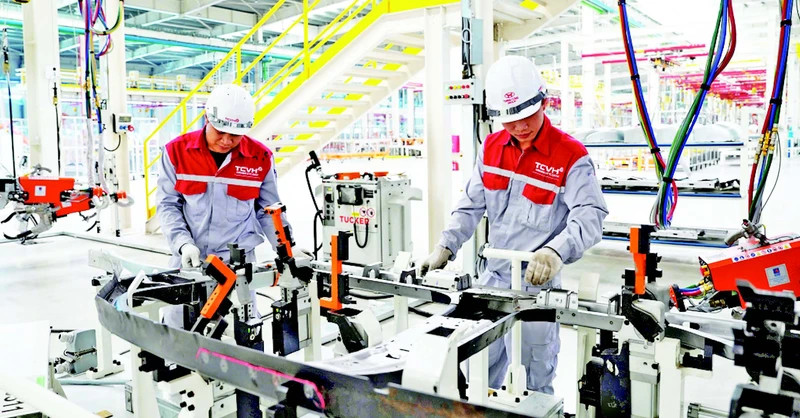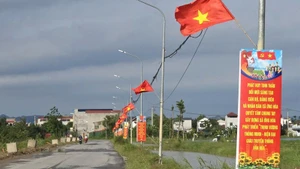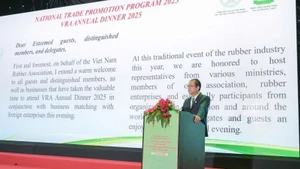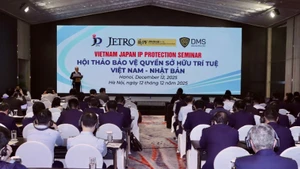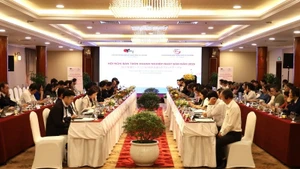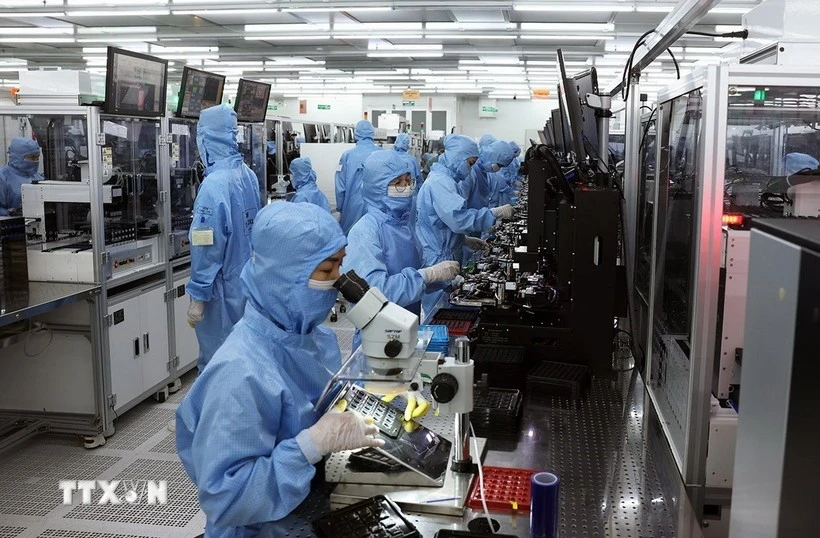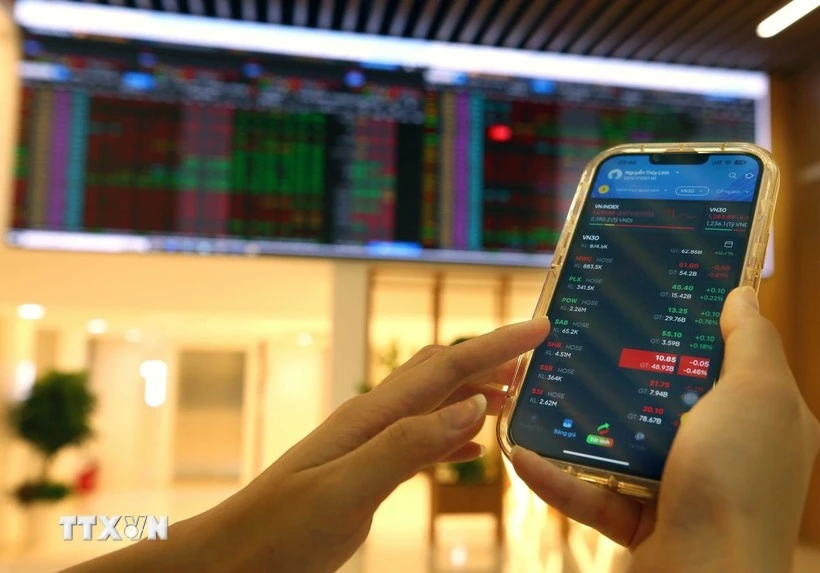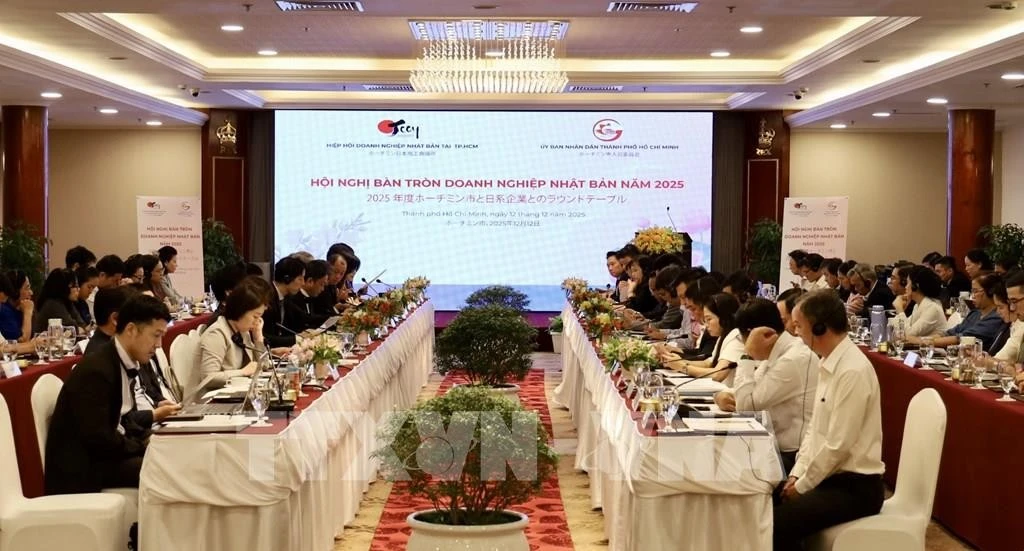Continuously improving the business and investment environment, diversifying and effectively mobilising development capital, focusing on infrastructure investment to enhance competitiveness, and positively restructuring the economy are key measures being pursued by the localities in the Northern key economic region to foster economic growth.
In the first quarter of 2025, three localities including Hai Phong, Quang Ninh, and Hai Duong achieved economic growth rates exceeding 10%. The remaining four of Bac Ninh, Hung Yen, Vinh Phuc, and Hanoi recorded growth between 7.35% and 9.05%, surpassing projected targets and contributing to the national GDP growth of 6.93%. This success stems from proactive efforts by provincial governments to design and implement growth scenarios and uphold their commitments through decisive and concrete actions.
A bright spot for investment attraction
Right from the beginning of 2025, Vinh Phuc Province set a clear target of achieving a gross regional domestic product (GRDP) growth rate of 10–11%. Among various initiatives, provincial leaders prioritised engagement with strategic investors to attract large-scale and high-tech projects, as well as those in services, logistics, industrial park infrastructure, and the electronics, telecommunications, software, and artificial intelligence industries.
Recently, with strong support from the provincial government, CNCTech Group and UTI Vina Vinh Phuc (the Republic of Korea) signed a cooperation agreement to implement an electronics manufacturing project worth 105 million USD.
CNCTech Group also partnered with Signetics Corporation (the Republic of Korea) to construct a semiconductor-related product manufacturing plant in Ba Thien I Industrial Park, with an investment of over 100 million USD. In the first quarter of 2025, revenue from Vinh Phuc Province’s electronic component manufacturing services reached an estimated 57.5 trillion VND (2.21 billion USD), a 12.27% increase compared to the same period in 2024.
Chairman of the Provincial People’s Committee, Tran Duy Dong, expressed hope that Vinh Phuc would capitalise on its geographical and human resource advantages to accelerate the development of high-tech industries, aiming to become a leading electronic manufacturing hub in Vietnam.
To achieve growth of at least 8% and set the stage for double-digit growth in the 2026 – 2030 period, Hanoi and Bac Ninh have implemented a “green lane” mechanism to expedite administrative procedures in investment, import-export logistics, trade development, financial support, consumer demand stimulation, innovation, digital transformation, smart infrastructure, and social housing.
Under this mechanism, administrative processing time is reduced by at least 60% compared to current regulations. Priority projects receive immediate handling within 24 hours of application submission.
As a result, the first quarter saw a surge in FDI capital: Hanoi attracted 1.415 billion USD, up 49.5% year-on-year, while Bac Ninh issued new licenses and approved capital increases totaling over 1.479 billion USD —1.8 times higher than last year. Registered capital from newly established businesses increased by 2.6 times.
Remarkably, domestic investment in Bac Ninh is rising, with more Vietnamese enterprises choosing the province as an investment destination. At the second investment certificate awarding conference on March 31, 2025, for the first time, newly registered capital from domestic projects matched FDI capital, with major investors focusing on AI, green automotive, and aerospace.
In the first quarter of 2025, Hai Duong also emerged as a bright spot in attracting both domestic and foreign investment. Registered foreign capital reached 138 million USD, up 85.6% year-on-year, while domestic capital exceeded 12 trillion VND (461.2 million USD), up 137%. Industrial zones like Phuc Dien (expanded area) attracted nine secondary domestic investors, with total capital surpassing 4.14 trillion VND (159.12 million USD) —exceeding the province’s full-year investment target.
Hung Yen has recently focused resources on industrial park infrastructure to attract investors. The province has 12 industrial parks covering over 3,123 hectares, of which 10 parks (2,773 hectares) are operational, hosting 657 domestic and foreign projects with a total registered capital of more than 46 trillion VND (1.77 billion USD) and over 7.1 billion USD.
This year, Hung Yen aims to complete investment policy applications for five new parks, develop infrastructure for at least 150 hectares, and attract projects with total newly registered and adjusted capital of at least 1 billion USD. Additionally, the province expects 40 new projects to begin operations and for implemented investment capital across parks to reach at least 21 trillion VND (807.15 million USD).
Vu Quoc Nghi, Head of the Hung Yen Industrial Park Management Board, stated that the province proactively applies an internal procedure to issue investment registration certificates within 48 hours for projects not requiring investment policy decisions—facilitating rapid legal processing for investors to implement their projects.
Investing in inter-regional transport infrastructure
Half of the ten key projects prioritised under Hanoi’s “green lane” mechanism are strategic transport works connecting the capital’s urban centre with its outskirts. Hanoi is preparing to begin construction of Tu Lien Bridge in mid-May, Tran Hung Dao Bridge in August, and Ngoc Hoi Bridge (linking Hanoi with Hung Yen) on September 2. The urban railway line No. 5 from Van Cao to Hoa Lac is set to commence construction in October.
Meanwhile, the national Ring Road 4 project in the capital city is being vigorously implemented. Contractors for Subproject 2.1—construction of the parallel road—have launched 32 construction sites, aiming for completion by the end of 2025.
Quang Ninh Province has proactively invested in a 40km riverside road connecting the Ha Long–Hai Phong Expressway with Dong Trieu City, with a total investment nearing 10 trillion VND (384.36 million USD). This road links key urban centres along the province’s western economic corridor.
The province is also partnering with Hai Phong to build the Ben Rung and Lai Xuan bridges, and to construct provincial roads connecting Ha Long with Lang Son and Bac Giang, boosting inter-provincial socio-economic and tourism development. To date, Quang Ninh, Hai Phong, Hai Duong, and Hung Yen have signed a cooperation agreement to connect economic activities along the eastern expressway corridor. This corridor—anchored by the Hanoi–Mong Cai Expressway—links numerous industrial zones and urban areas, as well as three international airports (Noi Bai, Cat Bi, Van Don) and international seaports, creating a dynamic growth region that attracts foreign investors.
In 2025, Hai Duong will prioritise infrastructure development, especially inter-regional transport, as a key economic driver. Bui Xuan Hai, Deputy Director of the Department of Construction, stated that the province has allocated nearly 8.5 trillion VND (326.70 million USD) from the budget for 25 ongoing projects and 10 new ones, along with financial support for district-level key transport projects connecting to Hai Phong, Quang Ninh, and Hung Yen. Several major projects are already nearing completion.
In addition, the province is mobilising around 750 billion VND (28.83 million USD) in private capital for projects such as: the intersection linking Provincial Road 390 (Thanh Ha District) with the Hanoi–Hai Phong Expressway (targeted for completion in 2025); construction of Dai An Bridge over the Kim Son River, connecting Gia Loc and Cam Giang districts, costing 250 billion VND (9.61 million USD); and the North–South arterial road section through Kim Thanh Industrial Park, costing 150 billion VND (5.76 million USD). Modern and synchronised transport infrastructure is facilitating socio-economic growth across the region and accelerating the shift towards industrialisation and modernisation.
